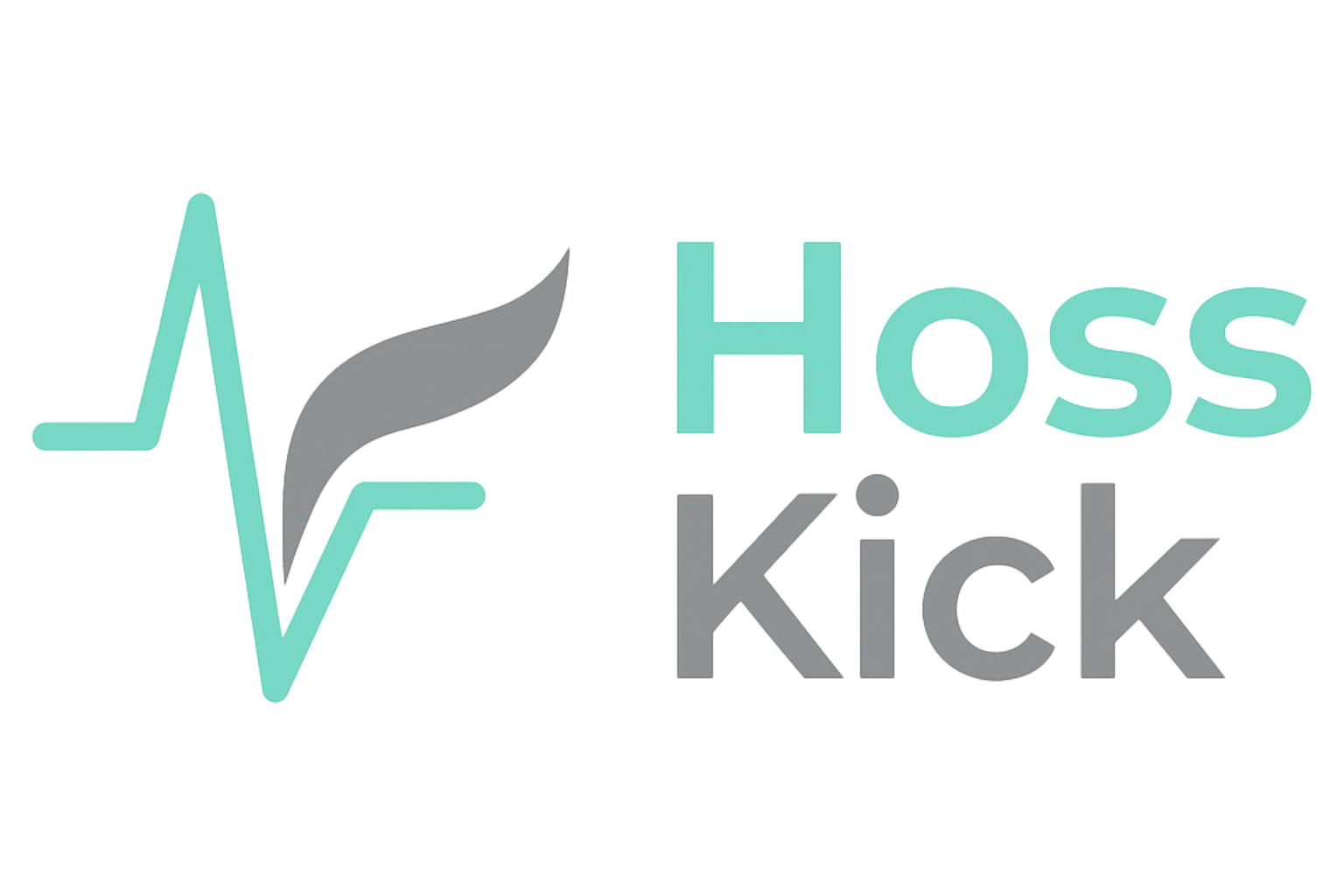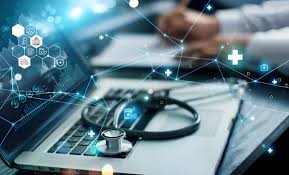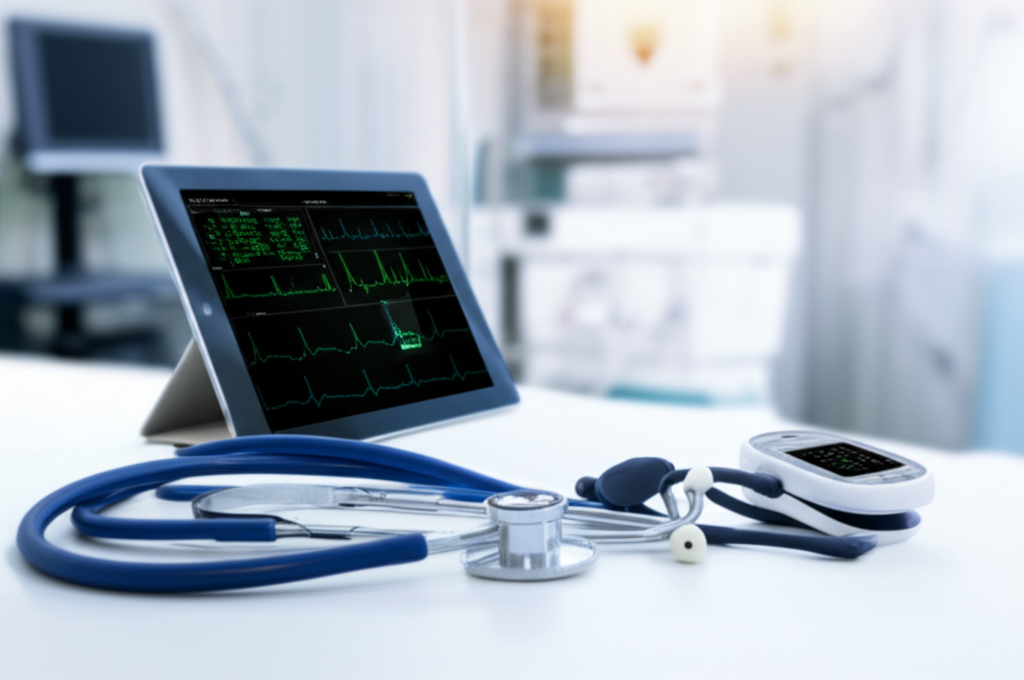# Medicare Reimbursement for Remote Patient Monitoring: Complete Guide
Understanding Medicare reimbursement for Remote Patient Monitoring (RPM) is crucial for healthcare providers looking to implement these services successfully. This comprehensive guide covers everything you need to know about RPM reimbursement in 2025.
## Overview of RPM Reimbursement
Medicare recognizes the value of RPM services and provides reimbursement through specific CPT codes. These codes were established to support the growing need for remote healthcare delivery and chronic disease management.
## RPM CPT Codes and Reimbursement Rates
### 99453 - Remote Patient Monitoring Setup
- **Description**: Initial setup and patient education
- **Requirements**:
- Initial device setup and configuration
- Patient education on device use
- Establishment of monitoring protocols
- **Billable**: Once per episode of care
- **Typical Reimbursement**: $19-25
### 99454 - Device Supply and Data Collection
- **Description**: Supply of monitoring device(s) and daily data collection
- **Requirements**:
- Minimum 16 days of data collection per month
- FDA-approved monitoring devices
- Automated data transmission
- **Billable**: Once per month per patient
- **Typical Reimbursement**: $64-89
### 99457 - First 20 Minutes of Clinical Staff Time
- **Description**: Remote physiologic monitoring treatment management services
- **Requirements**:
- Minimum 20 minutes of clinical staff time
- Interactive communication with patient
- Care plan management and coordination
- **Billable**: Once per month per patient
- **Typical Reimbursement**: $51-62
### 99458 - Additional 20-Minute Increments
- **Description**: Each additional 20 minutes of clinical staff time
- **Requirements**:
- Additional clinical staff time beyond initial 20 minutes
- Documented patient interaction and care management
- **Billable**: Multiple times per month as needed
- **Typical Reimbursement**: $42-51
## Billing Requirements and Documentation
### Patient Eligibility
- **Medicare Part B beneficiaries**
- **Chronic conditions requiring monitoring**
- **Ability to use monitoring devices**
- **Consent to RPM services**
### Documentation Requirements
- **Physician orders** for RPM services
- **Patient consent** documentation
- **Care plan** establishment and updates
- **Clinical staff time** tracking
- **Patient interaction** records
- **Device data** collection logs
### Compliance Considerations
- **HIPAA compliance** for data transmission
- **FDA-approved devices** only
- **Qualified clinical staff** providing services
- **Appropriate supervision** by physicians
## Revenue Optimization Strategies
### Patient Volume Scaling
- **Target chronic disease patients**
- **Identify high-risk populations**
- **Implement systematic screening**
- **Develop referral protocols**
### Operational Efficiency
- **Streamline workflows**
- **Automate data collection**
- **Optimize staff utilization**
- **Implement quality metrics**
### Technology Integration
- **EHR integration** for seamless documentation
- **Automated billing** systems
- **Real-time monitoring** platforms
- **Analytics and reporting** tools
## Common Billing Challenges and Solutions
### Challenge: Insufficient Data Collection
**Solution**: Implement patient engagement strategies and device compliance monitoring
### Challenge: Documentation Gaps
**Solution**: Establish clear documentation protocols and staff training
### Challenge: Time Tracking Accuracy
**Solution**: Use time-tracking software and standardized processes
### Challenge: Patient Consent Issues
**Solution**: Develop comprehensive consent processes and patient education
## Quality Measures and Outcomes
### Clinical Metrics
- **Patient satisfaction** scores
- **Health outcome** improvements
- **Medication adherence** rates
- **Emergency department** visits
### Financial Metrics
- **Revenue per patient** calculations
- **Cost-effectiveness** analysis
- **Return on investment** measurements
- **Payer mix** optimization
## Future of RPM Reimbursement
### Expanding Coverage
- **Additional payer** adoption
- **New CPT codes** development
- **Enhanced reimbursement** rates
- **Value-based care** integration
### Technology Advancements
- **AI-powered analytics**
- **Predictive modeling**
- **Advanced monitoring devices**
- **Integrated care platforms**
## Implementation Best Practices
### Program Development
1. **Assess practice readiness**
2. **Develop implementation plan**
3. **Train clinical staff**
4. **Establish workflows**
5. **Monitor and optimize**
### Technology Selection
- **Comprehensive platforms**
- **EHR integration capabilities**
- **Automated billing features**
- **Scalable solutions**
### Staff Training
- **RPM service delivery**
- **Documentation requirements**
- **Billing procedures**
- **Patient communication**
## Maximizing RPM Revenue
### Patient Selection Criteria
- **Multiple chronic conditions**
- **High healthcare utilization**
- **Technology comfort level**
- **Engagement willingness**
### Service Delivery Optimization
- **Efficient care protocols**
- **Proactive monitoring**
- **Timely interventions**
- **Comprehensive documentation**
Medicare reimbursement for RPM services provides significant opportunities for healthcare providers to improve patient care while generating sustainable revenue. Success requires understanding the requirements, implementing proper workflows, and maintaining compliance with all regulations.
By following this comprehensive guide, healthcare providers can successfully navigate RPM reimbursement and build thriving remote monitoring programs that benefit both patients and practices.


